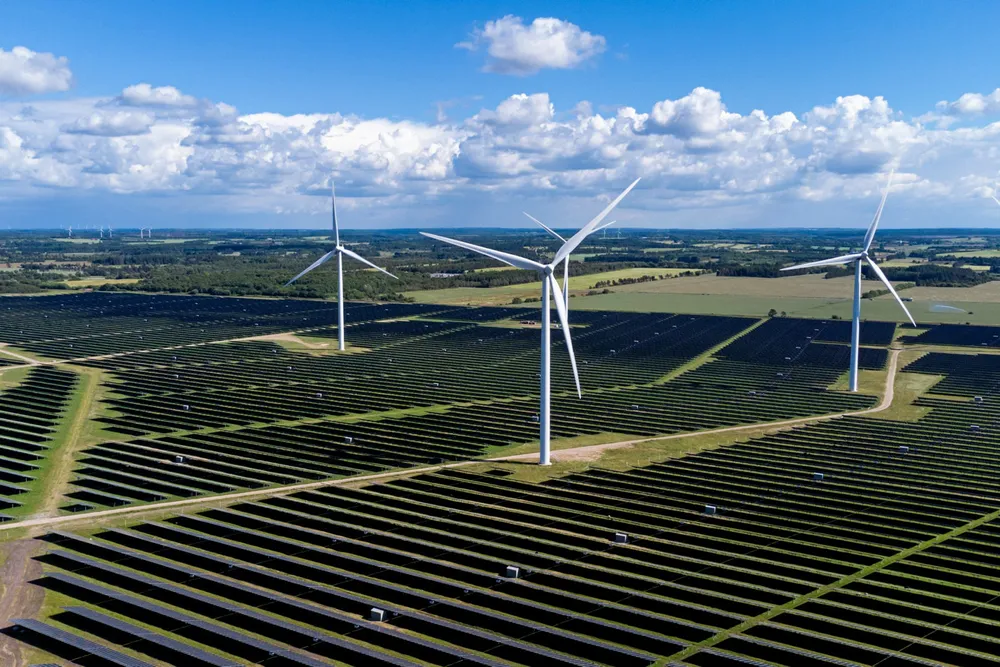Global 2025 clean tech supply investments to outpace upstream oil and gas spend for first time: S&P
Robust corporate procurement and integration of AI in energy management driving 'growing dominance' of renewable technologies

Global clean technology supply investments will reach $670bn this year, outpacing upstream oil and gas spending for the first time, led by solar PV and onshore wind, according to a new report by S&P Global Commodity Insights.
The analytics and data firm said this shift underscores the growing dominance of renewable technologies, with solar PV expected to represent half of all cleantech investments and two-thirds of installed megawatts.
Solar PV represents about $360bn in forecast investments, onshore wind around $140bn, and offshore wind in third place with roughly $80bn. Energy storage comprises about $60bn, and much further down are biomass and waste, geothermal, electrolysers, and carbon capture and storage.
“The new year 2025 is not only bringing to the clean energy sector significant transformations that are reshaping energy production and consumption, but it promises to be pivotal for the clean energy sector,” said Eduard Sala de Vedruna, research chief, energy transition, sustainability and services.
This will be largely driven by “significant advancements in corporate clean energy procurement and the integration of AI in energy management."
Capital efficiency varies by region, with China projected to add nearly twice as many gigawatts per dollar spent compared to the United States.
Another pivotal trend in clean energy technology for 2025 include a landscape shaped by equipment oversupply from China, particularly affecting the solar, wind, and battery sectors.
“Price declines may stabilise in 2025, but competition from Chinese manufacturers is expected to keep prices low, fundamentally altering industry pricing dynamics,” noted the report.
“A slowing domestic economy in China complicates the maintenance of its expansive supply chain, prompting efforts to control manufacturing growth and raise barriers for new entrants.”
The report said indications are that China's market share in PV module production will decline to 65% and battery cell manufacturing to 61% by 2030.
The report also highlights that battery energy storage is becoming essential for enhancing project economics and mitigating low wholesale electricity prices in regions with high renewable energy penetration.
Another trend is the growing influence of artificial intelligence (AI) in the cleantech sector, particularly in renewable generation forecasting and grid planning. As intermittent renewable energy sources become more prevalent, the need for accurate forecasts has intensified, according to the report.
“While AI has great potential to transform the clean energy sector, it also presents a range of risks that will require careful management like cybersecurity breaches, network compromises, anomalous behaviors, and unlawful or unethical practices, among others,” it noted.
Lastly, data centres are expected to significantly increase their role in corporate clean energy procurement, with expectations to source approximately 300TWh of clean power annually by 2030.
Currently, data centres account for around 200 TWh, or 35%, of the global corporate clean energy procurement, a figure projected to rise dramatically over the next five years.
North American data centres are leading this transition, anticipated to represent approximately 60% of the global increase in clean energy procurement by 2030, the report estimates.
(Copyright)